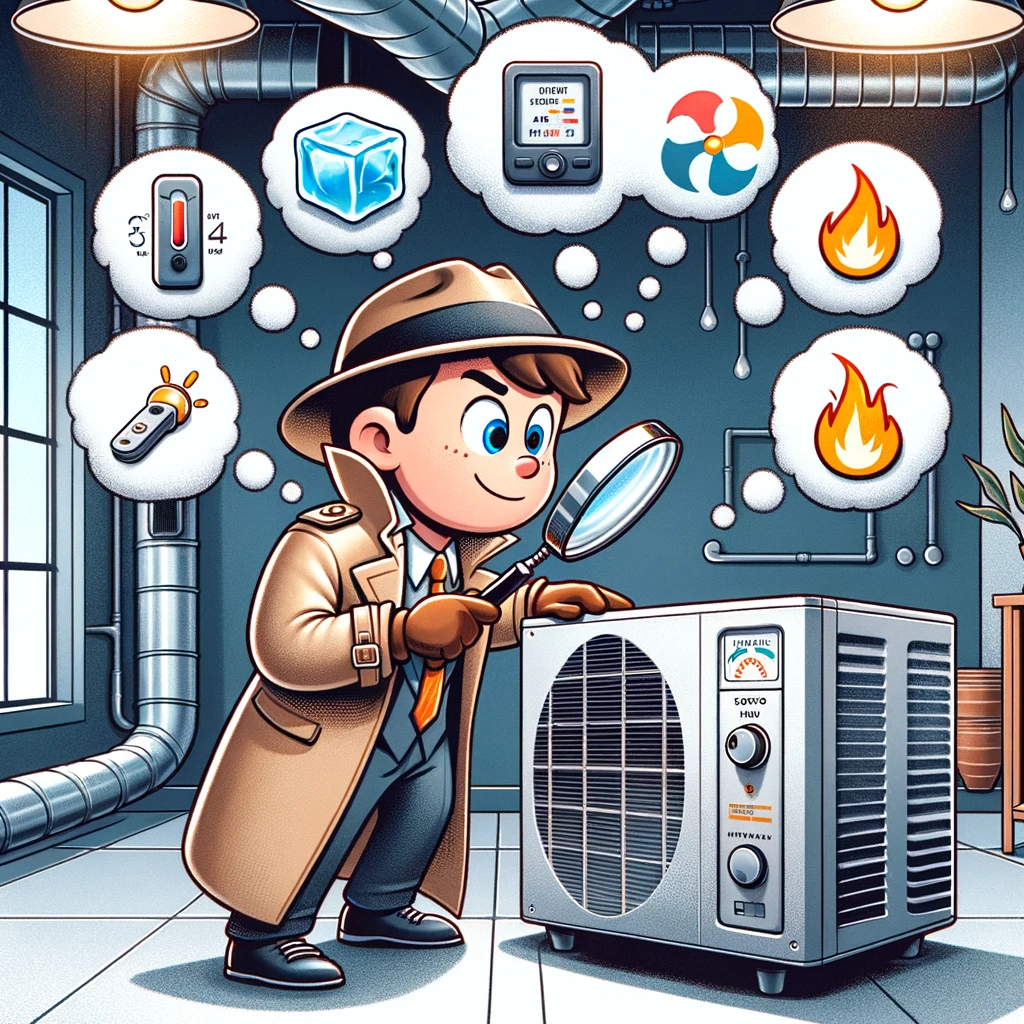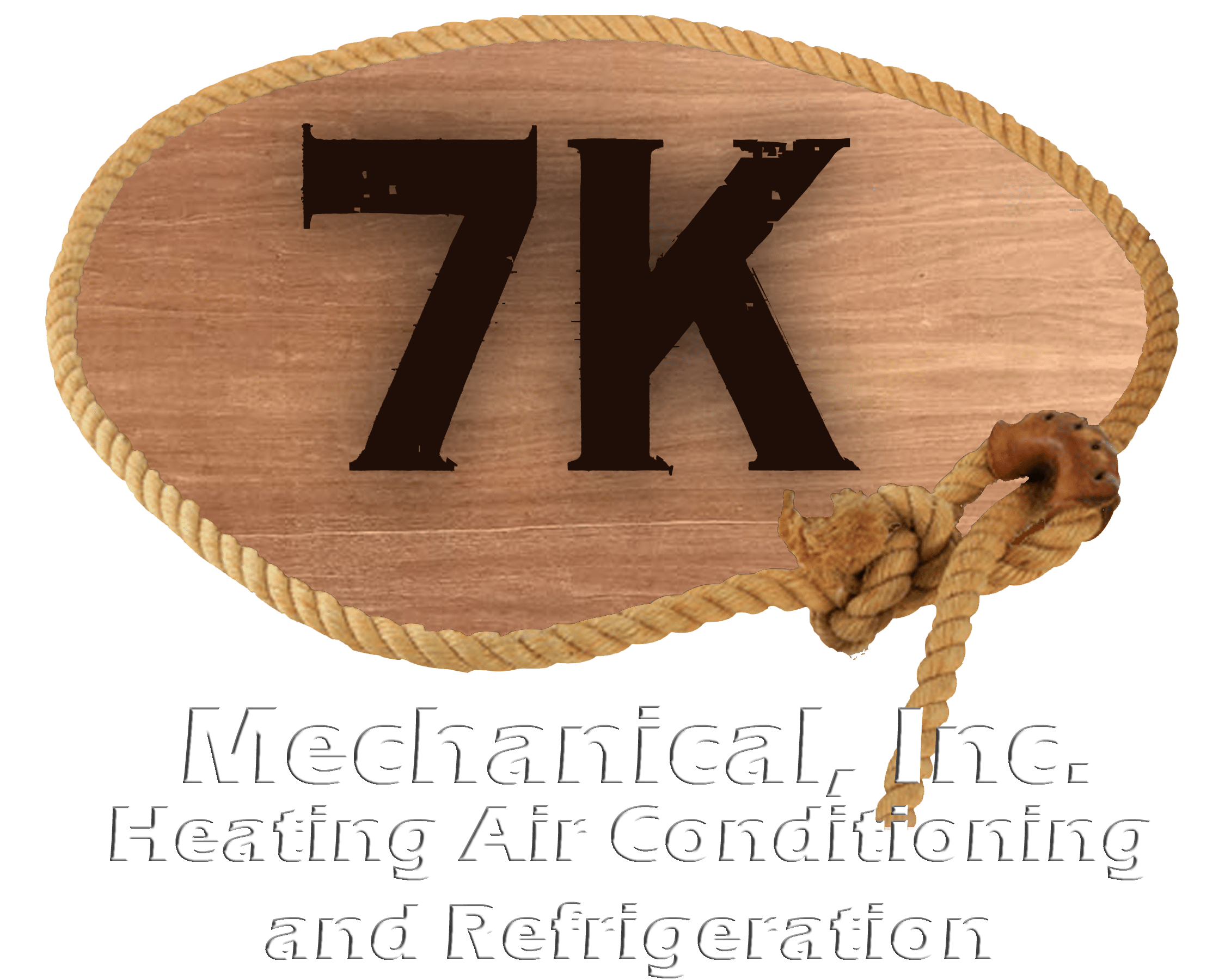In the world of air conditioning, myths and half-truths abound, leading to confusion and misguided decisions. Today, we’re going to clear the air (pun intended) on some of the most common misconceptions about air conditioners. Buckle up for a myth-busting journey that promises to be as enlightening as it is essential for every homeowner.

Myth 1: The 20-Degree Rule
“An air conditioner can only cool your home to 20 degrees below the outside temperature.” This myth has woven its way through conversations, even among trade professionals. But let’s set the record straight: This belief confuses the concept of temperature differential within the AC system with the unit’s actual cooling capacity relative to outdoor temperatures.
Temperature Differential Explained: Air conditioners are designed to create a temperature differential of about 15 to 20 degrees Fahrenheit between the return air and the supply air. If the air entering the system is 80°F, it will exit into your home at around 60°F to 65°F. This differential is about the air’s temperature change as it moves through the system, not an indicator of the system’s overall cooling power.
The Misinterpretation: The myth likely comes from misunderstanding this differential as a cap on how much cooler your indoor air can be compared to the outside. However, modern AC systems are capable of maintaining comfortable indoor temperatures even in extreme outdoor heat, given they are properly sized and functioning efficiently.
Myth 2: Regular Refrigerant Refills
Another widely held belief is that AC systems need to be regularly “topped off” with refrigerant. This is a misconception that misunderstands how air conditioners work.
- Closed System Dynamics: Your AC operates as a closed loop, circulating refrigerant without loss under normal conditions. If your system requires more refrigerant, it’s a sign of a leak, not standard operation. Addressing leaks is crucial.
Myth 3: Closing Vents Saves Energy
Many believe that closing vents in unused rooms saves on energy costs. However, this practice can backfire, leading to decreased system efficiency and potential damage.
- Air Flow and System Efficiency: Central heating and cooling systems are designed for a certain air flow level. Closing vents disrupts this flow, potentially leading to issues like frozen evaporator coils in AC systems. Rather than saving energy, this practice can increase consumption and stress on your system.
Myth 4: Cranking the Thermostat Cools or Heats Faster
Turning your HVAC thermostat way down or up in hopes of speeding up heating or cooling is futile. Home HVAC systems work by reaching a set temperature and then shutting off; they don’t work any faster if set to more extreme temperatures. In fact, setting your AC too low can lead to frozen coils, damaging the compressor — the heart of your system.
Conclusion: Clarity in the Comfort of Your Home
Navigating the myriad of myths surrounding air conditioning systems can feel like walking through a maze of half-truths and folklore. However, armed with the facts, homeowners can confidently make decisions that enhance comfort, efficiency, and longevity of their HVAC systems. We’ve debunked several pervasive myths today, revealing the truth about cooling capacities, refrigerant refills, vent management, and thermostat settings. This journey into the heart of HVAC misconceptions underscores the importance of knowledge over hearsay.
Understanding your air conditioning system goes beyond mere comfort; it’s about maximizing efficiency, preserving the environment, and ensuring your system serves you well for years to come. Mistakes born from myths can lead to unnecessary costs, and the premature failure of critical components. But with accurate information and a proactive approach to maintenance, you can avoid these pitfalls.
As we bid farewell to common misconceptions, let’s embrace a future where informed choices lead the way to a cooler, more comfortable home environment. Should questions or concerns arise, remember that professional HVAC technicians are your best resource for advice tailored to your specific situation. Here’s to dispelling myths, one fact at a time, and to the peace of mind that comes with knowing your home’s comfort system is optimized for both performance and sustainability.
Thank you for taking the time to explore the truths behind common air conditioning myths with me. Here’s hoping your days are cool, your energy bills lower, and your HVAC system running smoothly. Keep questioning, keep learning, and most importantly, keep cool!
#myths #mythsandscience #HVAC #HVACmyths
